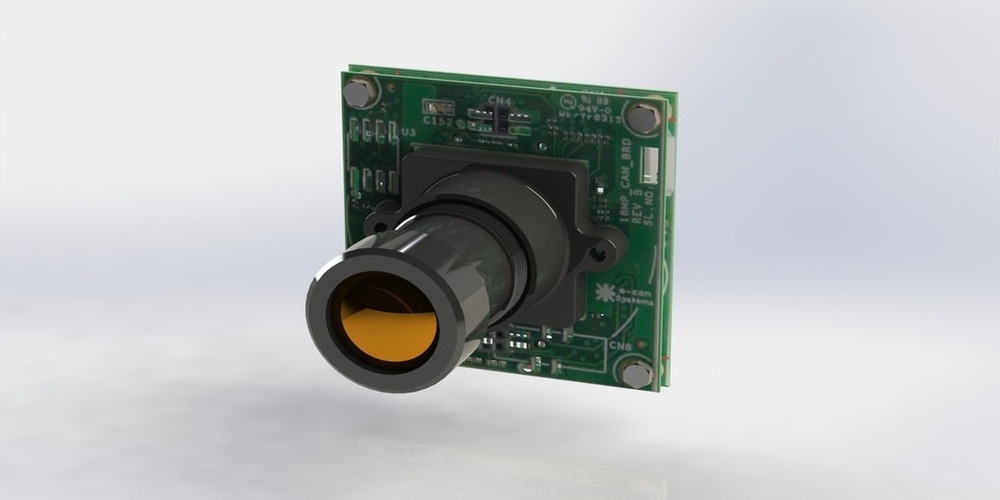In recent years, an embedded vision has gone from being a futuristic term to a widely utilized technology in several industries. The variety of camera interfaces has expanded dramatically as an embedded vision has progressed through its many iterations.
Although there have been many technological breakthroughs, MIPI and USB interfaces are the most often used for embedded vision applications. So, let’s start our comparison on MIPI and USB cameras.
Understanding MIPI and USB Interfaces
A MIPI camera is a module or system that transfers pictures to the host platform over a MIPI interface. A USB camera, on the other hand, transfers data via a USB port. Let’s get into the specifics of MIPI, USB, and their respective applications.
MIPI Interface
MIPI is the most used interface for direct camera-to-host image and video transfer in today’s market. It’s because MIPI works with so many different kinds of high-performance programs and is so simple to implement.
It has robust capabilities, including high-definition video and still photography. Head-mounted VR devices, drones, facial recognition, benefit greatly from using the MIPI interface.
MIPI CSI-2 Interface
The MIPI CSI-2 specification excels in all three categories as an interface standard. CSI-2 has a maximum bandwidth of 10 Gb/s with four image data lanes.
MIPI CSI-2 can handle video resolutions from 1080p up to 8K with a stable protocol much quicker than USB 3.0. MIPI CSI-2 provides a larger net image bandwidth and lower overhead, making it a better choice for video.
The MIPI CSI-2 Interface And Its Restrictions
Although MIPI CSI is widely used, several restrictions prevent it from being the perfect interface. For instance, MIPI cameras cannot function without specialized drivers. Unless producers of embedded systems actively lobby for it, support for alternative image sensors is restricted.
USB Interface
The USB connection is a hub between the camera and the computer. Because of its widespread plug-and-play support, the USB interface is a viable option for embedded vision interfaces. You can skip the costly and time-consuming process of creating one from scratch.
The technological constraints of USB 2.0 make it obsolete. A number of the technology’s parts become incompatible as its lifespan shortens.
USB 3.0 Interface
USB 3.0 incorporates the best aspects of previous interface standards. These features include being CPU-light and having a plug-and-play interface.
USB 3.0 camera module, an established norm in the camera industry, is a safe and dependable choice for modern high-resolution and fast-scan cameras. It works with a modest 40 MB/s of bandwidth and requires very little extra gear. It can handle up to 480 MB/s of data transfer.
Comparatively, this is four times as fast as GigE and ten times as fast as USB 2.0. Its plug-and-play functionality makes it simple to change out embedded visual equipment like cameras in the event of damage.
Conclusion
In terms of success, a camera interface is often the deciding factor for embedded vision programs. Because of this, choosing between the MIPI and the USB interfaces is critical. In most circumstances, MIPI or USB will work for embedded vision applications, although there are exceptions. The feature set your embedded device needs will determine which interface is the best fit for your device.
